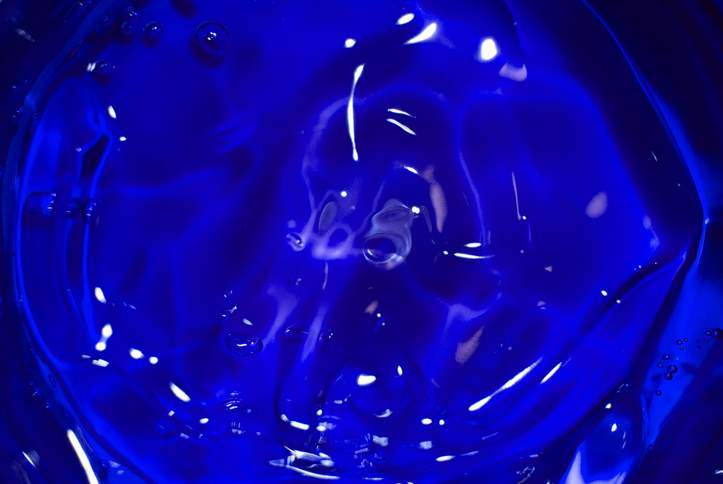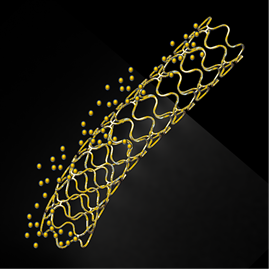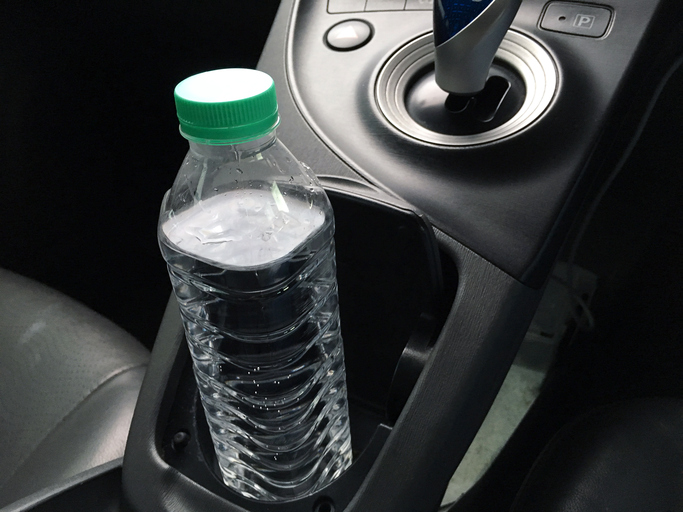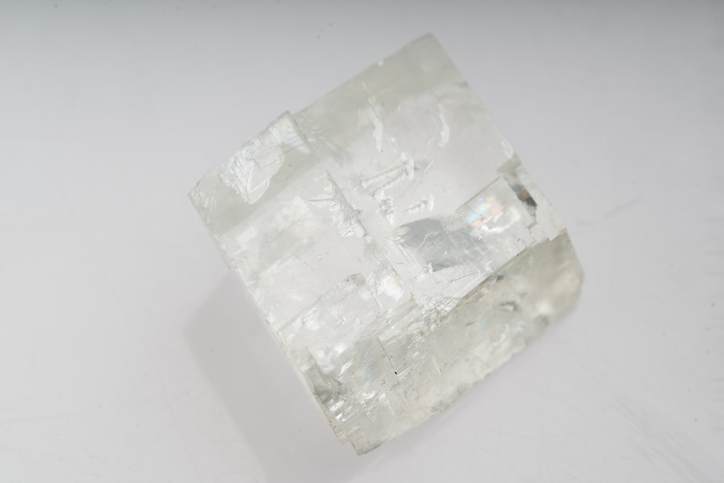
Hydrogels: Bandages or Jello?
We have all experienced the challenges of keeping a bandage on a wound when the skin becomes wet from sweat, water, or blood. Traditional bandages rely on adhesion between a portion of the bandage and the skin. This adhesive bond is compromised when water or other fluids penetrate between the layer. Hydrogels have been examined […]

Cellulose: Missing the Forests for the Trees
Figure 1: Chinese woodprints of the papermaking process (Wikimedia Commons) Cellulose is one of the most abundant organic compounds on earth and utilized in applications as diverse as textiles, papermaking, food packaging, filtration, drug delivery systems, wound care products, nanocomposites, bone tissue engineering, and countless others. Cellulose is a fibrilar and semi-crystalline biopolymer which may […]

Extractables of Metallic Devices
Do I have to do chemical characterization? Is it appropriate to perform extractables testing and chemical risk assessment on metallic components? As such evaluations are most commonly associated with polymeric constructs, it may seem strange to evaluate a solid metallic component in this way. ISO & FDA Medical Device Guidance For clarity on this issue, […]

Extractables of a Short-Term Implant
Do I have to do chemical characterization? Overheard at a recent conference: “Oh, our device isn’t a permanent implant, so we don’t need to do extractables testing.” Is that right? If a device is implanted for less than 30 days (or even less than 24 hours), is extractables and chemical characterization unnecessary? For clarity on […]

In Hot Water
As summer sets in, it’s not unusual to leave a water bottle in the car and forget about it. In the summer heat with the car windows down, it is possible for that PET (polyethylene terephthalate) water bottle to become a lens, concentrating the sun’s energy onto your car cushions (or that stack of junk […]
New Thermoset Reduces Cost of Complex Shapes
Some of the main attractions of additive manufacturing include the ability to make complex shapes that elude standard machining or molding operations, and the ability to make small production runs without making expensive molds or fixtures. Researchers at the University of Illinois, Urbana-Champaign have discovered a way of producing shapes from a family of thermoset […]

No Use Crying Over Spilled Chocolate
Last summer, we wrote about a hagfish accident that covered an Oregon highway in slime. Another sticky situation has come to our attention – on May 9 at 5:30 a.m., a tanker of liquid milk chocolate flipped over on the A2 in western Poland, spilling a dozen tons onto the six lane highway. Until authorities […]

Vikings and Polarization
We previously wrote about the Mantis shrimp’s use of birefringence as a means of hunting for transparent aquatic prey. Vikings are alleged to have used birefringence as well, but for navigational purposes. A calcite crystal found in a British warship that sank in 1592 was included amongst other navigational tools in the wreck. The crystal […]

New ASTM F2459-18 Standard Test Method for Extracting Residue
ASTM F2459 Standard Test Method for Extracting Residue from Metallic Medical Components and Quantifying via Gravimetric Analysis The latest draft of ASTM F2459 Standard Test Method for Extracting Residue from Metallic Medical Components and Quantifying via Gravimetric Analysis just published. The key difference in this version is the inclusion of the method to determine extractable […]

From Pine to Renewable Plastic
Of the estimated 95 million Americans celebrating with Christmas trees this December, 81% are expected to choose plastic trees. Why is plastic preferred? The cost of buying a live tree is 5%-10% higher this year, due to fewer trees planted during the Great Recession. Although the initial purchase of a plastic tree can cost as […]
